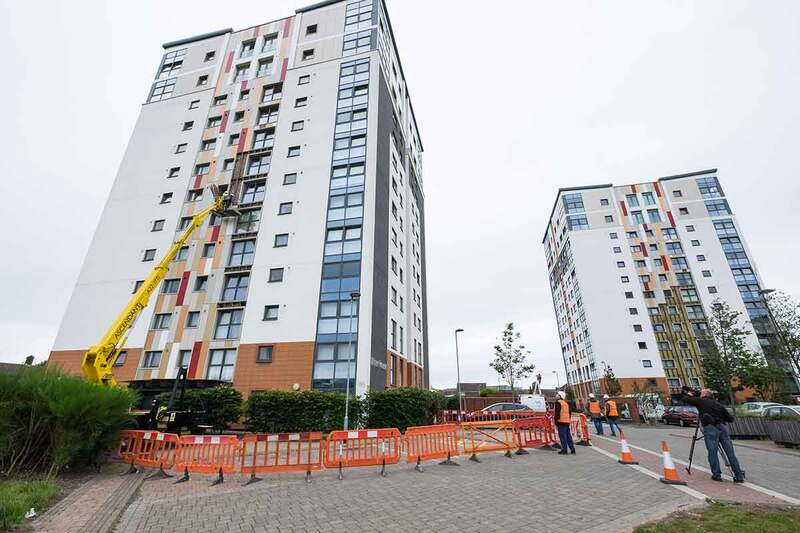The final report – Housing quality and affordability for lower-income households – is from the Institute for Fiscal Studies (IFS). The IFS’s reputation as a politically neutral and truly independent organisation providing expert analysis of economic and social policy, is well earned. Like many people, I have watched enthralled as many a chancellor’s Budget has been carefully and painstakingly unpacked on national news.
This report breaks down the trends behind rising housing costs for lower-income households, which it sets out clearly in a series of salutary facts and fascinating but depressing charts. It details the trend of increasing numbers of low-income households residing in the private rented sector, driven by the scarcity of social housing.
“In the first quarter of 2023, just 5% of properties were affordable to low-income households – less than half the proportion affordable before the pandemic”
This matters, the IFS states, because those in the private rented sector have higher housing costs than both social renters and those owning with a mortgage, as well as having less security of tenure.
The main focus of the report is affordability and in doing that it focuses specifically on Local Housing Allowance rates (LHA). In 2011, LHA rates were cut to the 30th percentile of local rents. But from 2013-14, rather than maintaining the 30th percentile, LHA rates were uprated by the Consumer Price Index of inflation plus 1%, or frozen. In the wake of the pandemic, the government reset all LHA levels to the 30th percentile of September 2019 rents, which was frozen again in cash terms.
The consequence of this, the IFS states, is that in the first quarter of 2023, just 5% of properties were affordable to low-income households – less than half of the proportion affordable before the pandemic, and less than a quarter of the proportion affordable back in 2013. Those that are tend to be the least energy efficient, raising their true cost.
The IFS describes housing costs as a first-order issue for poverty. It does note that how much support the government provides private renters through the benefit system is, to a significant extent, a political question. However, given the increasing prevalence of low-income households in this sector and with levels of support based on rents in 2019, the IFS concludes – with its typical independent bluntness: “It is difficult to think of any justification for pursuing the policy.”
Steve Moseley, executive group director, governance and transformation at L&Q, and member, Thinkhouse editorial panel
Source link

